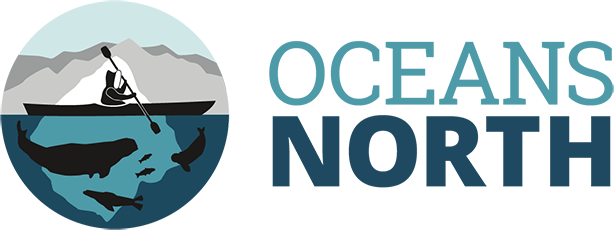Assessing the Impact of Climate Change on Northwest Atlantic Fisheries

Image – An American lobster (Homarus americanus) on the seafloor off Southwest Nova Scotia.
Credit – Nick Hawkins
By: Ruth Teichroeb |
A new study has evaluated the impact of climate change on northwest Atlantic fish stocks and found that some of the most economically valuable ones, such as the $3.26 billion lobster fishery, have the highest risk of exposure to hazardous conditions in the future.
The newly developed Climate Risk Index for Biodiversity was used to map critical risk areas for over 2000 marine species and 90 fish stocks in the northwest Atlantic Ocean, a hotspot for global warming. The climate risk index generated detailed data about how fish species in specific areas would be affected under both high emissions or lower emissions scenarios over the next 75 years.
“We need to be developing climate-resistant fisheries,” said Daniel Boyce, a research scientist and consultant based in Halifax, Nova Scotia, who led the study. “If we don’t do that, we are risking the health of our fisheries.”
Even though the northwest Atlantic is warming at globally extreme rates, climate change is considered in only 11 percent of fisheries managed by Fisheries and Oceans Canada (DFO) when planning for the future, Boyce said. Without a new approach, Atlantic Canada is on a “collision course” that will undermine sustainable fisheries.
“This apparent disconnect between climate risk and the management response raised the questions of how our assessment of ecological climate risk can be integrated into the management process for sustainable practice in the future,” the study observed.
The climate risk index assessed each species based on 12 climate risk factors in different locations of their geographic distribution and under conditions that reflect either high emissions or high mitigation between now and 2100.
“It’s basically a climate report card that grades marine life on these 12 factors,” Boyce said.
The climate risk index pinpointed specific locations where more intervention will be needed to protect certain species, such as Atlantic cod in the Gulf of St. Lawrence. Cod experience moderate to high climate risks throughout their distribution areas. Yet this species is at critical levels in parts of the southern Gulf of St. Lawrence, where rapid surface warming, increased acidification and other impacts of climate change are increasing.
Vulnerability maps were created for each fish species and then superimposed over each other to identify patterns. Species that live closer to shore were at higher risk, as well as those above 60 degrees latitude. Under a high emissions scenario, one-third of species have a high or critical climate risk over the next 75 years, and only zero to two percent are safe.
Harvested species were at even higher risk because they tend to live closer to shore and are less adaptable to warming temperatures and other stressors. But if emissions are reduced, these species are predicted to fare much better.
Boyce said climate risk data should be incorporated into both short-term and long-term fisheries management plans to help ensure sustainable fisheries. “It’s another tool in our toolbox.”
Boyce said he is working with Oceans North to develop an online tool based on the climate risk index that can be used by anyone to evaluate climate risk for areas, species and stocks.
Ruth Teichroeb is a regular contributor to Oceans North and is former communications director. She is based in Sidney, B.C.

Image – A spatially explicit assessment of climate vulnerability and risk for Atlantic cod (Gadus morhua). Within each grid cell (here 0.25°) across the native geographic distribution of cod within the the northwest Atlantic, 12 standardized climate indices are calculated and used to define the three dimensions of climate vulnerability: present-day sensitivity (a; blue), projected future exposure (b; red), and innate adaptivity (c; yellow). The dimensions are used to calculate cod climate vulnerability (d), and the relative vulnerability scores are translated into absolute climate risk categories for cod at all locations across its distribution (e).
Credit – Boyce, D.G., Tittensor, D.P., Fuller, S. et al. Operationalizing climate risk in a global warming hotspot. npj Ocean Sustain 3, 33 (2024). https://doi.org/10.1038/s44183-024-00067-5
